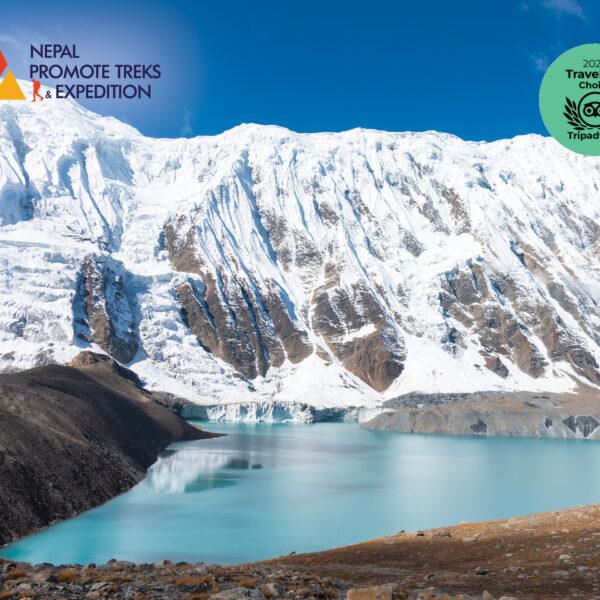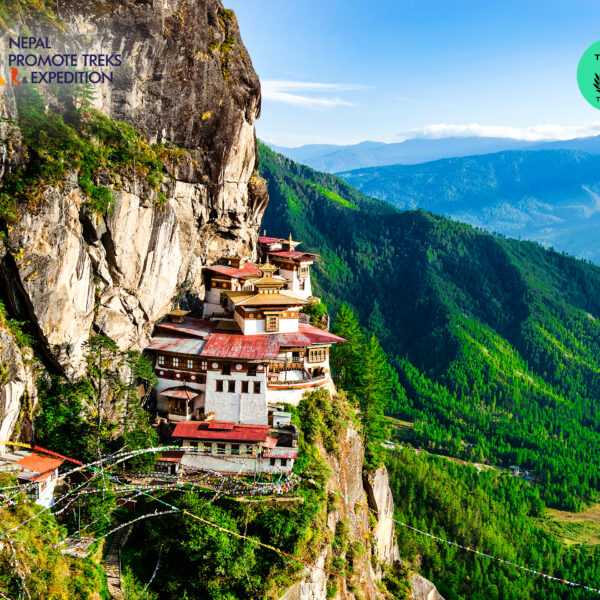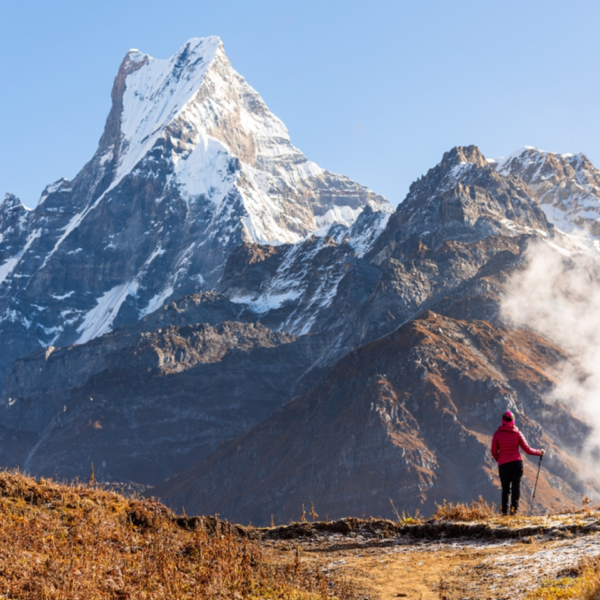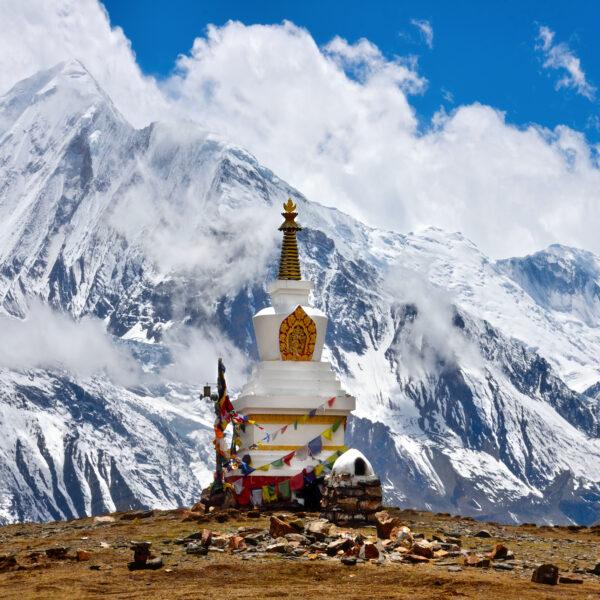Nepal and Bhutan Magical Tour
Overview
Nepal and Bhutan Magical Tour
Nepal and Bhutan magical Tour combines two beautiful Himalayan Kingdoms in one magical tour. Enter Nepal and Bhutan’s serene and spiritual land. And experience the countries’ rich histories and unique cultural heritages. The main heritage tour in Nepal and Bhutan Tour are two of the world’s most popular tourist destinations. They offer a unique blend of natural beauty, ancient history, and cultural heritage. Nepal is a landlocked country located between India and China. It is home to eight of the world’s ten tallest mountains, including Mount Everest, the highest point on Earth. Bhutan is a beautiful country located in the eastern Himalayas. It is known for its unique culture and its commitment to environmental conservation. The Main Heritage Tour Nepal and Bhutan Tour combine these two countries into one magical tour. Main heritage tours in Nepal and Bhutan Tour are sure to leave you with memories that will last a lifetime.
At Travel-to-nature, we believe that your holiday should be designed around you. That’s why our Nepal and Bhutan magical Tours are individually tailored to suit your taste, needs, and timescale. Whether you’re interested in exploring the stunning Hindu and Buddhist temples, monasteries, and pagodas, or getting closer to the people and places that make Nepal & Bhutan unique, we’ll create a bespoke itinerary that is sure to exceed your expectations. With our expert knowledge and years of experience, you can rest assured that your holiday is in safe hands.
Best time to visit Nepal and Bhutan
With their diverse topography, Nepal and Bhutan offer a journey unlike any other. From the highest mountain ranges in Asia to lush tropical rainforests on Blog River’s border with India- this destination has it all! But don’t forget about monsoon season: during these months (June – August) travel can be challenging because of extreme weather conditions that may include floods or high winds making certain routes impassable; so make sure you check before your adventure begins by looking up what’s happening where YOU want to go now!.
Perfect time for trekking in Nepal and Bhutan
The best time to trek in Nepal and Bhutan is from September through November. The emerald rainforests are lush with freshness during this period, as well as beautiful skies that make up for it not having any wet weather or sweaty summers! There’s also less chance of snow since temperatures can get too low for anything other than freezing rain (which isn’t always bad).
Tour Highlights
- FULL-DAY SIGHTSEEING TOUR IN KATHMANDU
- PARO SIGHTSEEING
- THIMPHU PUNAKHA THIMPHU SIGHTSEEING
- FULL-DAY GUIDED SIGHTSEEING TOUR OF LUMBINI
- CHITWAN NATIONAL PARK
- FULL DAY IN POKHARA
Included/Exclude
- All ground transfers as per the itinerary
- All ground transportation as per the itinerary by private vehicles
- All government and local taxes
- Accommodation [Twin Sharing]
- Govt. Taxes.
- Entrance fees for Museums and Monuments.
- Bhutan Visa Fee.
- International airfare
- Domestic airfare
- Nepal entry multiple visa fees
- Any personal expenses – laundry, phone, internet, shopping
- Tipping to Staff
- Any extra drinks (including water, tea, coffee, and liquor) or expenses during the trip
- Travel Insurance
- Any expense that occurred during rescue or evacuation
- Any extra expense, if hiring an extra horse during the trip
- Photography or Movie fees on the trip






5
This is really good